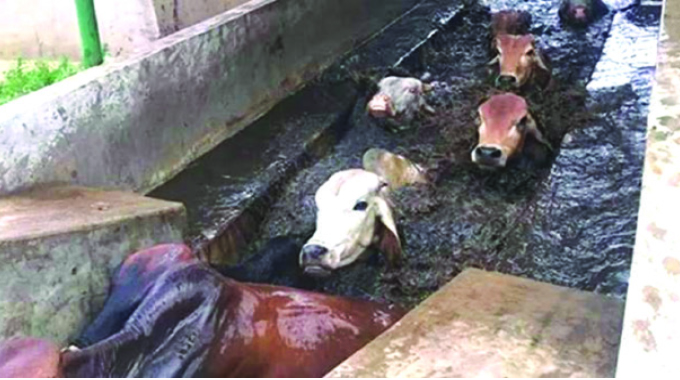Sikombela declared national monument
Takunda Maodza recently in Gokwe South
THE Sikombela Restriction Camp, where President Mugabe and other founding Zanu officials were detained during the liberation war, has been declared a national monument. Other senior Zanu officials detained at the camp in 1964 were Cdes Simon Muzenda, Edgar Tekere, Enos Nkala, Eddison Zvobgo and Ndabaningi Sithole.
It is at this restriction camp where the Sikombela Declaration — a dossier outlining war strategy — was drafted by senior Zanu officials.
The camp is located about 5km from the Kwekwe-Gokwe Road in the Midlands province.
National Museum and Monument of Zimbabwe heritage manager for the Midlands province Mr Clapperton Gutu confirmed that the camp had been declared a national monument, in an interview with The Herald during a tour of the camp by some of the surviving Sikombela Restriction camp ex-detainees.
“This place was declared a national monument last month after we had submitted the nomination dossier in 2006. In the near future, we will be looking at coming up with a management plan of the site like any other heritage sites. The Sikombela Restriction Camp falls under the liberation heritage site. It was nominated on the basis of its historical values.
“While we have massacre camps and grave sites in Mozambique and Zambia, among others, Sikombela has historical values on the national level,” Mr Gutu said. Asked why it took over three decades to recognise the significance of the camp, he said focus was on bigger sites in the period soon after independence.
“We are realising we have other significant places back home. In our management plan we intend to come up with a museum or the interpretative centre on site chronicling its history.
“As the National Museum and Monument of Zimbabwe, we are responsible for looking after this place through an Act of Parliament,” he said.
The Sikombela Restriction Camp consists of six distinct rectangle barrack floors of concrete measuring approximately four metres by eight metres in size each. The barrack floors are in two rows which are about 38 metres apart in each row and the floors are 15 metres apart.
Sikombela Restriction Camp dates back to the Second Chimurenga when the struggle for independence and the call for a black government intensified in colonial Zimbabwe.
In its nomination dossier, the National Museum and Monuments of Zimbabwe states that Sikombela cannot be taken for granted as it is a place with very strong and glowing memories of how the hard won independence was gained through the sacrifices of the country’s nationalists.
“It is where the document, which gave instructions to ignite the liberation war, was ratified. Edgar Tekere, who was the secretary of the youth wing, concealed the document in one of the anthills,” reads the dossier.
In an interview with the National Museum and Monuments of Zimbabwe in 2004, Cde Tekere indicated that the Sikombela Declaration was hatched in 1965. Given its historical background, Sikombela could not be omitted in the narration and the unfolding of the liberation war in Zimbabwe.
Some surviving Sikombela Restriction Camp ex-detainees that included Cdes Solomon Marembo, Samson Maphosa, Thomas Ziki, Solomon Gwitira and Edison Mzite, toured the site recently and observed a minute of silence in honour of the late Cde Nkala.
Cde Nkala died in Harare last week and was declared a national hero.








Comments